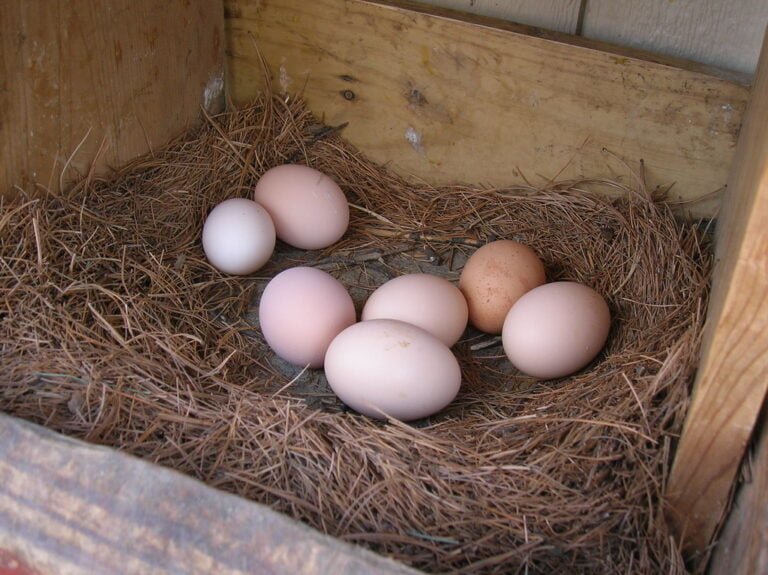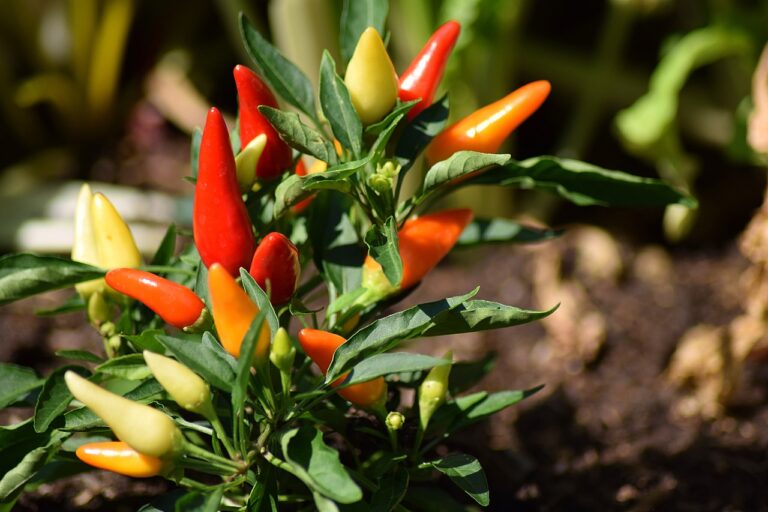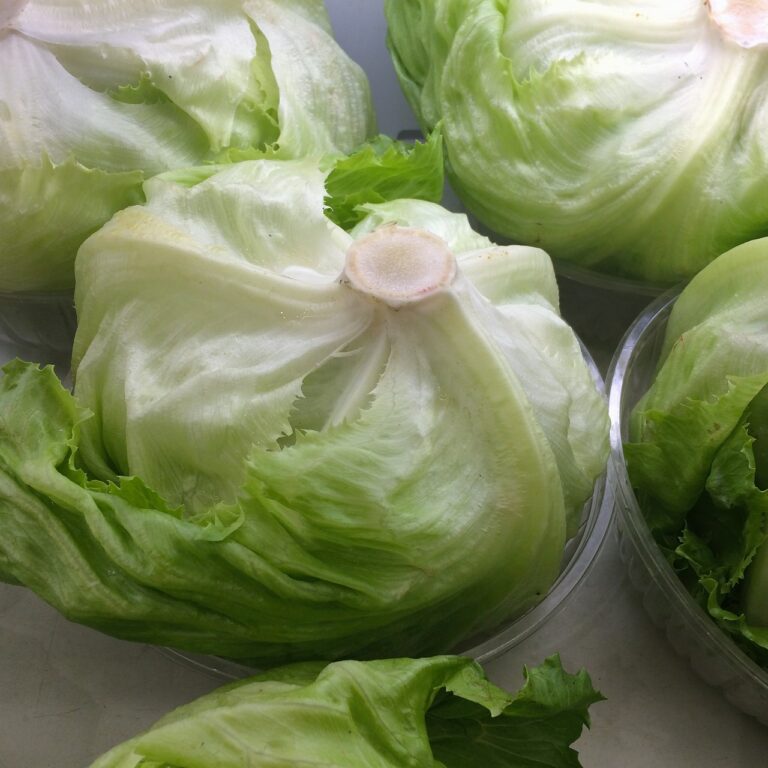Why Are Your Money Plant Leaves Turning Brown? Causes and Solutions
Money plant’s leaves may be turning brown. Excessive watering and inadequate watering are common causes. Monitor soil moisture regularly. Brown spots can be attributed to too much sunlight exposure. Make certain your plant has proper drainage. Root rot results in browning leaves. Keep an eye out for nutrient deficiencies, particularly in Calcium. Modify watering frequency accordingly. If you wish to discover more about how to maintain the health of your money plant.
Common Causes of Brown Money Plant Leaves
Overwatering and underwatering are the primary culprits behind brown money plant leaves. Money plant leaves turning brown can be a critical sight for any plant enthusiast. Overwatering occurs when the plant receives more water than it can effectively absorb, leading to root rot. This condition deprives the plant of oxygen and essential nutrients, resulting in brown spots on the leaves. On the other hand, underwatering, where the plant does not receive adequate water, causes the leaves to dry out and become crispy, eventually turning brown.
Excessive sunlight exposure is another factor that can contribute to brown money plant leaves. When exposed to intense sunlight for prolonged periods, the leaves may develop brown spots or patches due to sunburn. Nutrient deficiencies, particularly a lack of Calcium, can also manifest as brown spots on the leaves. Additionally, environmental stressors such as extreme temperatures or poor water quality can further exacerbate the browning of money plant leaves.
Identifying the specific cause of brown leaves is vital for implementing targeted solutions to restore plant health. Adjusting the watering schedule, ensuring proper sunlight exposure, addressing nutrient deficiencies through fertilization, and mitigating environmental stressors are essential steps to prevent and treat brown money plant leaves effectively. By addressing these issues promptly, the plant can regain its vibrancy and health.
Over-Watering and Brown Leaves
When plants receive excess water, it can lead to brown leaves due to root suffocation from the moisture overload. Over-watering is a common issue that money plant owners face, resulting in undesirable symptoms and potential harm to the plant. Here are some key points to keep in mind regarding over-watering and brown leaves:
- Poor Soil Drainage: Excess water in the soil can hinder proper drainage, leading to waterlogged conditions that suffocate the roots.
- Root Rot: Prolonged over-watering can cause root rot, a serious condition where the roots decay due to being constantly submerged in water.
- Symptoms: Watch out for yellowing leaves, wilting foliage, and a musty smell emanating from the soil, indicating over-watering.
- Watering Frequency: Adjusting the watering schedule is essential to prevent over-watering and subsequent brown leaves on money plants.
- Well-Draining Soil: Using a well-draining soil mix that allows excess water to flow out easily can help mitigate the risks associated with over-watering.
Mineral Salts and Leaf Browning
Excessive accumulation of mineral salts in the soil can lead to browning of money plant leaves. When overwatering occurs, the excess water dissolves mineral salts present in the soil. As the water evaporates or is taken up by the plant, these mineral salts are left behind, gradually building up in concentration. This buildup can impede the plant’s ability to take in water and essential nutrients, adversely affecting leaf health.
To address this issue, flushing the soil is a recommended practice. Flushing involves saturating the soil with water to help leach out the excess mineral salts. This process can help restore a vital balance within the soil, thereby improving the condition of the leaves. Brown tips on money plant leaves often serve as an indicator of potential problems related to mineral salt accumulation.
Implementing proper watering practices is essential in preventing the buildup of mineral salts and subsequent leaf browning. By ensuring that the plant receives adequate but not excessive water, you can help maintain a more stable soil environment for your money plant. Monitoring the soil moisture levels and allowing the soil to dry out slightly between waterings can also aid in preventing issues associated with mineral salt concentration and leaf browning.
Inadequate Drainage and Leaf Browning
Poor drainage plays a significant role in the browning of Money Plant leaves caused by waterlogged soil, which can result in root rot. Ensuring adequate drainage is vital for the overall health of Money Trees. Here are key points to ponder regarding insufficient drainage and leaf browning:
- Waterlogged soil creates an environment where roots are deprived of oxygen, leading to root rot and browning of leaves.
- Inadequate drainage inhibits the plant’s ability to regulate water intake, causing stress and leaf discoloration.
- Excess water around the roots interferes with nutrient uptake, contributing to the browning of Money Plant leaves.
- Effective drainage is essential to prevent stagnant water around the roots, maintaining root health and leaf vibrancy.
- Using well-draining soil and pots with drainage holes can alleviate drainage issues, promoting healthy foliage on Money Plants.
Ensuring proper drainage is a fundamental aspect of Money Plant care to prevent leaf browning and promote overall plant health. By addressing drainage concerns promptly and providing sufficient aeration to the roots, you can help your Money Plant thrive and maintain its lush green leaves.
Nutrient Deficiencies and Leaf Browning
Nutrient deficiencies, particularly a lack of Calcium, can lead to unsightly brown spots appearing on Money Plant leaves. When essential nutrients are lacking, the plant struggles to carry out important functions, resulting in leaf discoloration and browning. Calcium deficiency, specifically, manifests as brown tips and edges on Money Plant leaves, affecting the overall aesthetics of the plant.
The inadequate supply of Calcium hinders proper cell wall formation and weakens the plant’s structure, leading to the development of brown areas on the leaves. This deficiency can impede the transportation of water and nutrients within the plant, causing the leaf tips to turn brown as they dry out. As a result, the plant may exhibit stunted growth and show signs of distress.
To address nutrient deficiencies and prevent brown leaves, providing a balanced fertilizer rich in essential nutrients is crucial. Regularly monitoring and adjusting nutrient levels in the soil can help maintain healthy green foliage on Money Plants, promoting the best growth and reducing the occurrence of brown spots on the leaves. By ensuring the plant receives adequate calcium and other essential nutrients, the risk of leaf browning can be minimized, allowing the Money Plant to thrive and flourish.
Solutions for Brown Money Plant Leaves
To effectively address brown Money Plant leaves, it is crucial to implement specific solutions tailored to the plant’s care requirements. Here are some key strategies to help your Money Plant recover from leaf browning:
- Adjust watering schedule: Make sure you are neither overwatering nor underwatering your money tree. Check the soil moisture regularly and water only when the top inch of soil is dry.
- Ensure proper drainage: Confirm the pot has drainage holes to prevent waterlogging, which can lead to brown leaves and root rot.
- Use filtered or room temperature water: Avoid using water with high mineral content as it can cause leaf discoloration. Filtered or room temperature water is ideal for your Money Plant.
- Provide indirect sunlight: Money Plants prefer indirect sunlight to direct exposure. Placing them near a window with sheer curtains can help prevent brown spots from excessive sunlight.
- Inspect for pests: Regularly check the leaves for any signs of pest infestation. If you notice any pests, take appropriate measures to eliminate them and prevent further damage to the plant.






